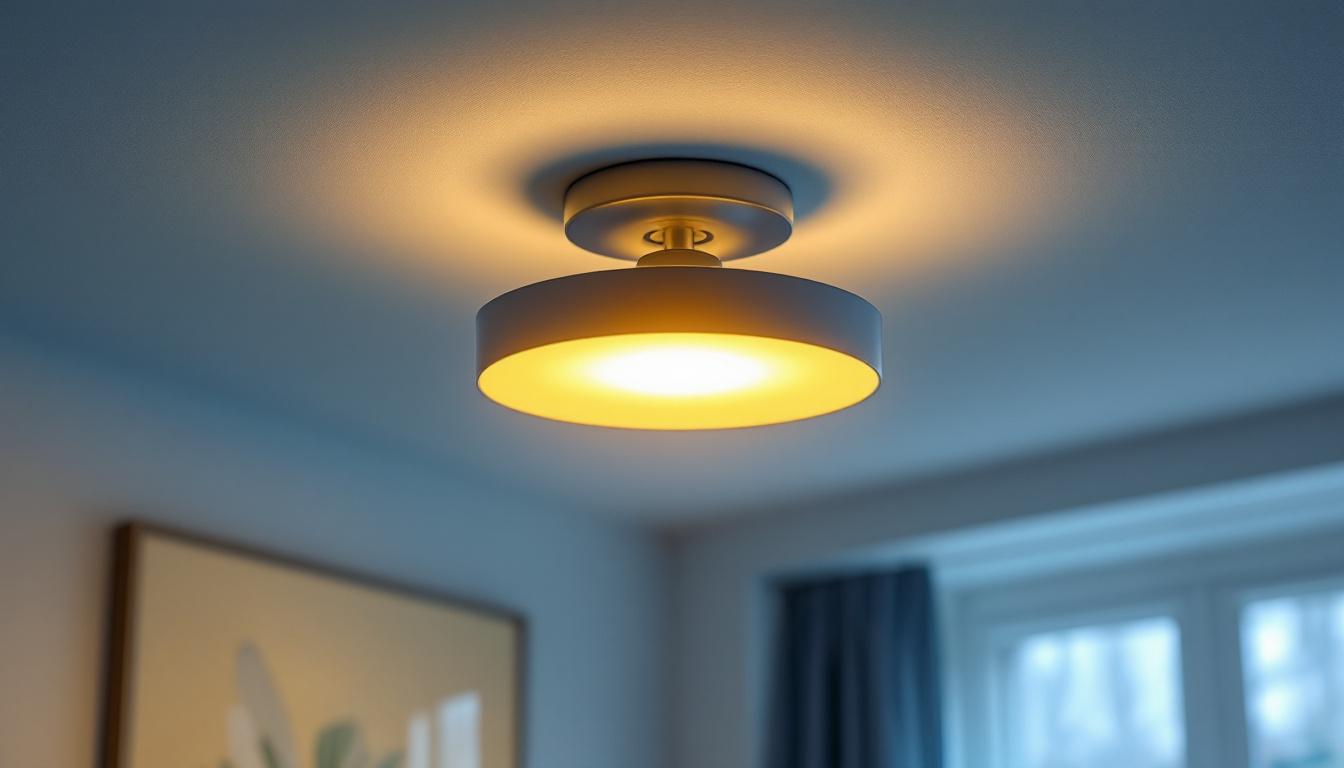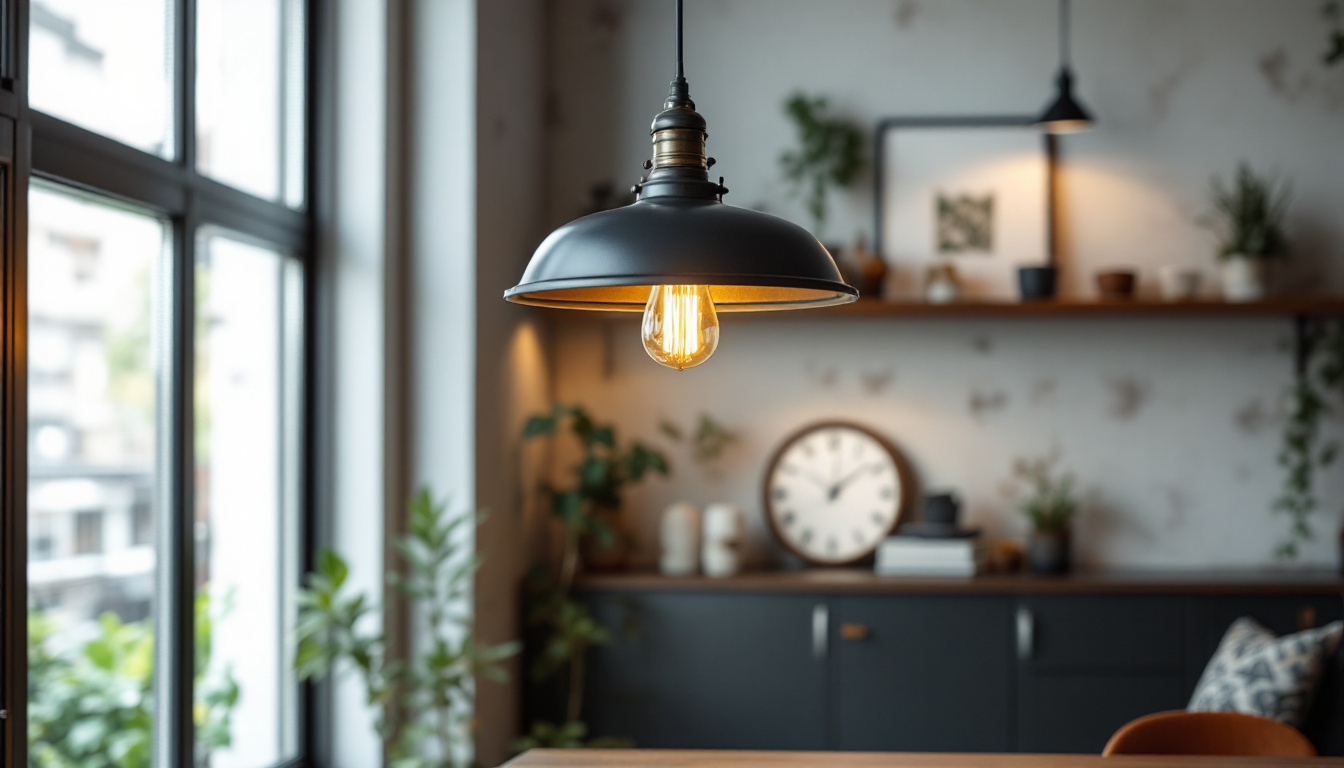
In the world of lighting design, flush mount fixtures play a crucial role in providing both functionality and aesthetic appeal. For lighting contractors, understanding the nuances of lumens flush mounts is essential for delivering quality installations that meet client expectations. This guide aims to provide insights into lumens, the importance of flush mount fixtures, and practical tips for selecting and installing these essential lighting components.
Before diving into the specifics of flush mount fixtures, it’s important to grasp the concept of lumens. Lumens measure the total amount of visible light emitted by a source. Unlike watts, which indicate energy consumption, lumens provide a clearer picture of a light source’s brightness. This distinction is vital for contractors aiming to achieve optimal lighting solutions.
When designing a lighting scheme, understanding lumens helps contractors determine the appropriate level of brightness for different spaces. For instance, a living room may require softer lighting for a cozy atmosphere, while a kitchen might need brighter illumination for functionality. By calculating the lumens needed for each area, contractors can create a well-balanced lighting plan that enhances the overall aesthetic and usability of the space.
Moreover, clients often have specific preferences regarding brightness levels. By being knowledgeable about lumens, contractors can provide informed recommendations that align with client expectations, ensuring satisfaction with the final result. In addition to personal preferences, the intended use of a space can greatly influence the required lumen output. For example, a home office designed for productivity may benefit from brighter, more focused lighting, while a bedroom might favor dimmable options that allow for a range of brightness settings, catering to different activities such as reading or relaxing.
Calculating the required lumens for a space involves several factors, including the room’s size, purpose, and color scheme. A common guideline is to aim for 20 lumens per square foot for general lighting in living areas. For task lighting, such as in kitchens or workspaces, this number can increase significantly, sometimes reaching 50 lumens per square foot or more.
To perform a basic calculation, multiply the room’s square footage by the recommended lumens per square foot. For example, a 200-square-foot living room might require around 4,000 lumens (200 sq ft x 20 lumens/sq ft). This calculation provides a starting point, but adjustments may be necessary based on the specific characteristics of the space. Factors such as the color of the walls and furnishings can significantly impact how light is perceived; lighter colors tend to reflect more light, potentially allowing for fewer lumens, while darker colors absorb light, necessitating a higher lumen output to achieve the desired brightness. Additionally, the layout of the room and the placement of furniture can create shadows or obstruct light, further influencing the overall lighting strategy and the final lumen calculations needed for a well-lit environment.
Flush mount fixtures are a popular choice for various applications due to their versatility and sleek design. These fixtures are mounted directly against the ceiling, making them ideal for spaces with low ceilings or where a streamlined look is desired. Understanding the different types of flush mount fixtures and their applications is crucial for contractors.
Flush mount fixtures come in various styles, each serving different purposes. Some common types include:
Each type of flush mount fixture has its unique advantages, and selecting the right one depends on the specific needs of the project and the client’s preferences.
Flush mount fixtures are incredibly versatile and can be used in various settings, including:
By understanding the applications of flush mount fixtures, contractors can make informed decisions that enhance both the functionality and aesthetics of the spaces they work in.
Selecting the appropriate lumens flush mount fixture involves considering several factors, including brightness, style, and energy efficiency. Each of these elements plays a significant role in the overall effectiveness of the lighting solution.
As previously mentioned, determining the right brightness level is crucial. Contractors should assess the specific needs of the space and the intended use of the fixture. For example, a kitchen may benefit from brighter fixtures, while a bedroom may require softer, more ambient lighting.
It’s also essential to consider the color temperature of the light. Warmer tones (around 2700K to 3000K) create a cozy atmosphere, while cooler tones (4000K and above) are often preferred for task-oriented areas. By understanding the interplay between brightness and color temperature, contractors can select flush mount fixtures that enhance the desired ambiance.
The style of the flush mount fixture should complement the overall design of the space. Contractors should consider the architectural elements, color schemes, and existing decor when making their selections. A well-chosen fixture can serve as a focal point in a room, adding character and charm.
Moreover, it’s important to stay updated on current design trends. Contemporary flush mount fixtures often feature minimalist designs, while vintage options may incorporate ornate details. By offering a range of styles, contractors can cater to diverse client preferences and enhance the overall appeal of their projects.
In today’s environmentally conscious market, energy efficiency is a key consideration for many clients. LED flush mount fixtures have gained popularity due to their low energy consumption and long lifespan. By recommending energy-efficient options, contractors can help clients reduce their energy bills while contributing to a more sustainable future.
Additionally, many LED fixtures are now available in various styles and brightness levels, making it easier for contractors to find suitable options that meet both aesthetic and functional requirements.
Proper installation is critical for ensuring the longevity and effectiveness of flush mount fixtures. Here are some essential tips that lighting contractors should keep in mind during the installation process.
Before beginning the installation, it’s essential to assess the site and plan accordingly. This includes checking for existing wiring, determining the appropriate height for the fixture, and ensuring that the chosen location meets safety standards. Proper planning can prevent potential issues during installation and ensure a smoother process.
Contractors should also have the necessary tools and materials on hand, including wire connectors, mounting brackets, and a voltage tester. This preparation helps streamline the installation process and minimizes delays.
Safety is paramount when working with electrical fixtures. Contractors should always turn off the power at the circuit breaker before beginning any installation. Using a voltage tester to confirm that the power is off is a crucial step that should never be overlooked.
Additionally, wearing appropriate safety gear, such as gloves and goggles, can help prevent accidents during the installation process. By prioritizing safety, contractors can protect themselves and their clients while ensuring a successful installation.
When installing flush mount fixtures, proper wiring is essential for functionality and safety. Contractors should follow the manufacturer’s instructions for wiring connections, ensuring that all connections are secure and insulated. Loose connections can lead to flickering lights or even electrical hazards.
It’s also important to consider the weight of the fixture. Heavier fixtures may require additional support, such as a ceiling brace, to ensure stability. By taking these factors into account, contractors can ensure that the flush mount fixture is installed correctly and safely.
Once installed, maintaining flush mount fixtures is crucial for ensuring their longevity and continued performance. Regular maintenance can prevent issues and keep the fixtures looking their best.
Dust and dirt can accumulate on flush mount fixtures, affecting their brightness and overall appearance. Regular cleaning is essential to maintain their aesthetic appeal. Contractors should advise clients on the best cleaning methods, which typically involve using a soft cloth and mild cleaning solution.
It’s also important to check for any signs of wear or damage, such as flickering lights or discolored lenses. Addressing these issues promptly can prevent further damage and ensure the fixture remains functional.
Over time, bulbs may need to be replaced due to burnout or decreased brightness. Contractors should educate clients on the types of bulbs compatible with their flush mount fixtures and the importance of using the correct wattage to avoid damage.
In some cases, components such as wiring or connectors may also need replacement. Regular inspections can help identify potential issues before they become significant problems, ensuring the continued performance of the fixture.
Understanding lumens flush mounts is essential for lighting contractors looking to deliver high-quality installations. By grasping the importance of lumens, selecting the right fixtures, and ensuring proper installation and maintenance, contractors can create effective lighting solutions that meet client needs and enhance the overall aesthetic of any space.
As the lighting industry continues to evolve, staying informed about trends, technologies, and best practices will empower contractors to excel in their craft. By embracing the nuances of lumens flush mounts, lighting contractors can elevate their projects and provide exceptional service to their clients.
Ready to take your lighting projects to the next level? At LumenWholesale, we offer an exceptional range of high-quality, spec-grade lighting products designed to meet the needs of discerning contractors. With our competitive wholesale pricing and commitment to cutting out unnecessary markups, you can trust that you’re getting the best value for your investment. Plus, with the convenience of free shipping on bulk orders, you can stock up on all the lumens flush mounts and other lighting essentials you need without worrying about extra costs. Elevate your lighting installations with the perfect combination of quality, affordability, and convenience. Explore our collection and start saving today!

Discover the ultimate toolkit for lighting contractors with “Resseced: Lighting Contractors’ Top Resources for Mastering.” Explore expert insights, innovative tools, and industry secrets to elevate your lighting projects to new heights.

Discover the allure of industrial hanging lamps with our comprehensive guide.

Discover why sourcing high bay LED retrofit kits from local distributors might not be the best choice.

Illuminate your outdoor spaces efficiently with our comprehensive checklist for solar-powered lights.